The standardization of chess set design
As chess increased in popularity across Europe in the 1800s, the proliferation in the variety of chess sets caused confusion amongst competitors, especially those hailing from different countries. The English typically used Barleycorn sets:
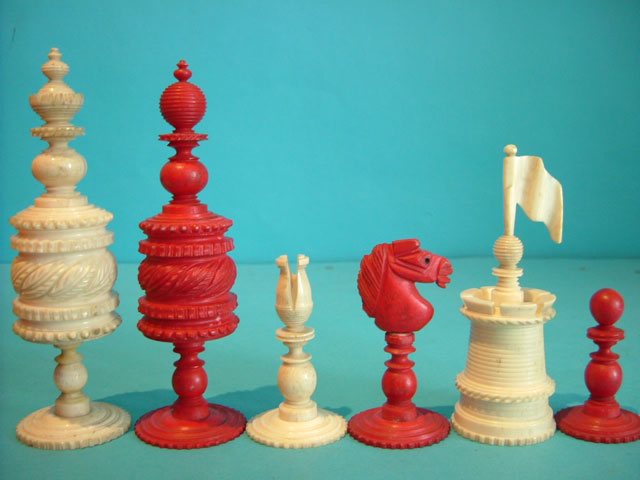
or St. George sets:
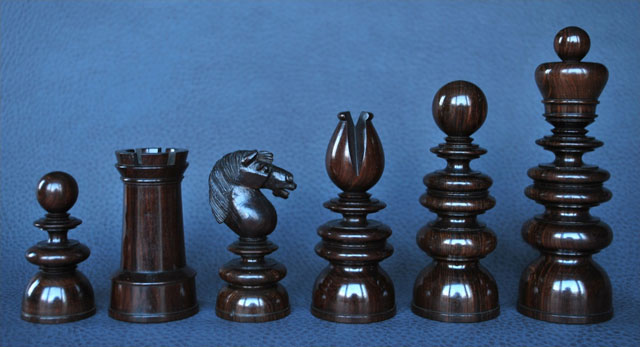
The Germans often used Selenus sets:
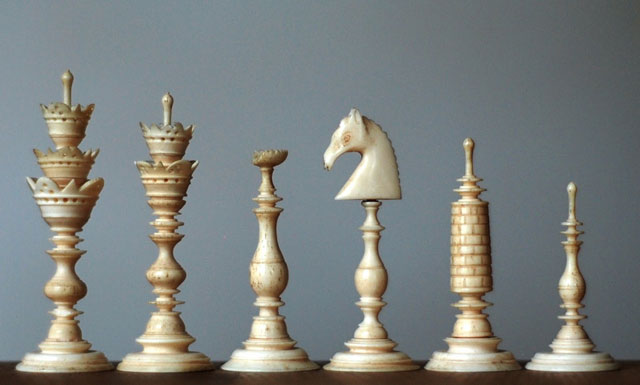
Regence sets were popular in France:
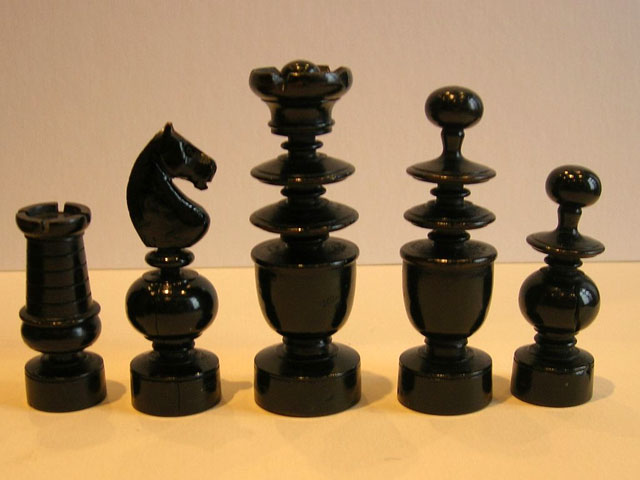
Chess set collector Ty Kroll explains the confusion:
English saw a different design for every chess club: St. George sets with their appearance of stacked disks, Dublin sets with more rounded middles, and Northern Uprights with columns instead, as well as elaborate, easily tipped Barleycorn sets. Germany had delicate Selenus sets, beautiful beyond belief, but fragile, tippable, and problematic for play. To tell which piece is which on some of these sets one must count the stacked crown. France saw elegant Regence style sets with some of the most confusing signatures in history. As in the English sets, queen’s were represented by orbs. The king’s floral crown closely resembles the modern Staunton signature for the queen. Knights were always taller than bishops the old French sets. Bishops were represented as fools, not clergymen, and therefore lacked the signature miter. What was worse, the knights in these sets were sometimes simple turned designs, not the recognizable horse’s head. This lead to common confusion as to which minor piece was which. The confusion of antique French knights and bishops is still a common problem today.
Then in the 1849, Nathaniel Cook designed and John Jaques began to sell a set that eventually came to be called the Staunton chess set:
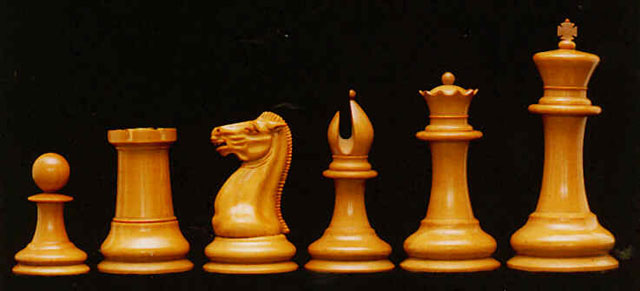
Howard Staunton was regarded as the top chess player of his era and organized the first international chess tournament in 1851. Staunton endorsed the set and it soon became the standard in chess competitions and, later, the official standard of the World Chess Federation. The most recent iteration of the official Staunton set is Daniel Weil’s design for World Chess:
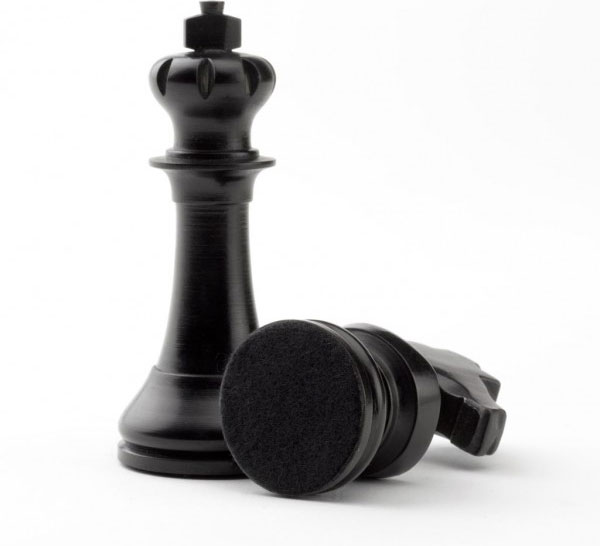
If you’re interested in learning more, Jimmy Stamp has a nice piece about the design of the original Staunton set and Weil’s update at Smithsonian magazine.





Stay Connected